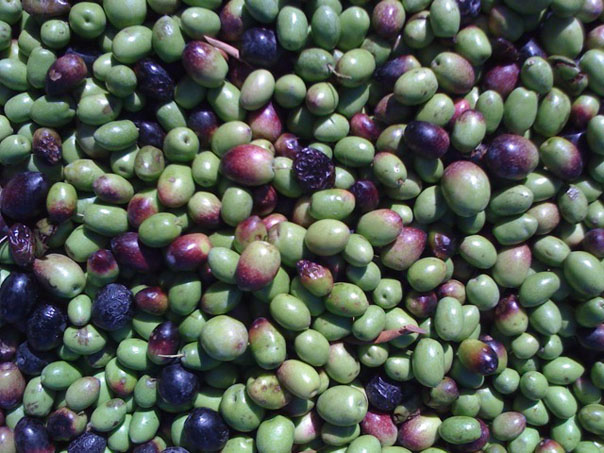Certainly, periods of different temperatures affect what will thrive.. here’s what we’ve had success with:
Fall / Early Winter – this is when you should be planting your beans and peas and anything else that is cold-hardy, as the nightly lows can get into the 30s and 40s. Many herbs will be good here as well, especially cilantro which will definitely not like the hotter weather coming. Likely, you will have success with leafy veggies as well – lettuce, chard, beets, kale, etc. Fall is a great time to plant alliums like onions and garlic, as well as tubers (although potatoes can be rather finicky).
Late Winter / Early Spring – plant your hot-weather lovers, like tomatoes, squash, cucumbers, eggplant early! You’ll be glad you did – they’ll be producing early, and will love all the full sunshine once they’ve established a good root system. It’s also a good idea to continually sow any herbs like cilantro and basil from which you’d like an ongoing harvest.
Late Spring / Summer – you can continue to sow summer plants if you like, but know that there will be a shorter growing season for them.
 Every year, Caltech harvests the olives from 130 olive trees on campus in Pasadena, CA. They send most of the harvest to a local company to press and bottle, but there are some dedicated students who press olives immediately, creating a gorgeous purple goo from which the freshest olive oil can be skimmed.
Every year, Caltech harvests the olives from 130 olive trees on campus in Pasadena, CA. They send most of the harvest to a local company to press and bottle, but there are some dedicated students who press olives immediately, creating a gorgeous purple goo from which the freshest olive oil can be skimmed.

